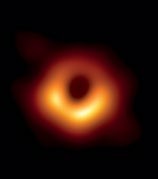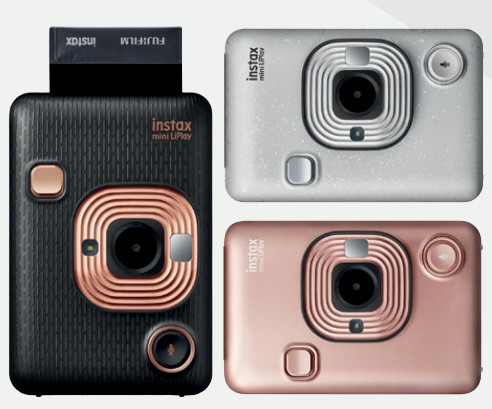The scientists and astronomers of the Event Horizon Telescope project showed how this is possible when they captured the first image of a black hole by using an array of radio telescopes.


Unlike the telescopes most of us are familiar with, radio telescopes collect radio frequency radiation from extraterrestrial sources and send this data to super computers known as correlators to be analyzed.
In the case of the Event Horizon Telescope (EHT), data from eight telescopes across the world was combined, with the telescopes in locations like volcanoes in Hawaii and Mexico, mountains in Arizona and the Spanish Sierra Nevada, the Chilean Atacama Desert, and Antarctica.
A technique called very-long-baseline interferometry (VLBI) was used to synchronize the telescopes, exploiting the rotation of our planet to form one huge, Earth-size telescope observing at a wavelength of 1.3 mm.
Each telescope produced about 350 terabytes of data a day; stored on highperformance helium drives and sent to the correlators at the Max Planck Institute for Radio Astronomy and MIT Haystack Observatory to be combined and converted into an image using specially developed computational tools.
By observing the bright objects around the black hole and the way the shape of their shadows appear, astronomers can infer how the photons are being affected by gravity, thus giving them a hint of how the black hole works.

EHT blackhole image

"A technique called very-long-baseline interferometry (VLBI) was used to synchronize the telescopes, exploiting the rotation of our planet to form one huge, Earth-size telescope observing at a wavelength of 1.3 mm."

Fun with instant prints, now with sound too!
A new generation instax hybrid camera that can print photos with sound, what sorcery is this?
Instant cameras are fun. Just ask Fujifilm. Their instax series of instant cameras has seen continued popularity for over 20 years. Launched in 1998, they’ve now shipped over 45 million instax cameras around the world in over 100 countries.
However, if you think there’s nothing else to innovate in a physical photo, think again. Fujifilm’s latest instax mini LiPlay is a hybrid instant camera that doesn’t just let you shoot and print from the same device, you can now even embed an audio clip into your photo. Using the ‘Sound’ function , you can record up to 10 seconds of audio to your shots. This audio data is then uploaded to the cloud and combined into your photo print in the form of a QR Code. When you pass around an instax print with the voice memo, recipients can replay the audio associated with the photo simply by scanning the QR Code with their phone.
Even for today’s digital natives, the instax mini LiPlay can be the physical extension of social media. Instead of just posting pictures online, you can now share with your friends and family treasured moments with personalized audio messages. You can also add that little bit of magic to your growing collection of refrigerator holiday prints with embedded audio cues; reminiscing your beach holiday with the sound of rolling waves, or the hustle and bustle of a train station from that backpacking trip through Europe.
Besides the Sound function, you can further customize your photos with a wide variety of design frames available through the instax mini LiPlay app. The Direct Print function lets you print photos shot on your smartphone, while Remote Shooting lets you use your smartphone as a remote shutter for the camera.
The instax mini LiPlay is both stylish and modern. It is the smallest and lightest instant camera in the entire instax range, while still featuring a 2.7-inch LCD and a build-in printer. The instax mini LiPlay comes in three colors with each color variation having its own design flourish. The Elegant Black edition has an eyecatching embossed finish, while the Stone White model has a unique spray coating, and the Blush Gold version is luxuriously smooth.
1. The free “instax mini LiPlay” app must be downloaded and installed on your smartphone to use the Sound and Direct Print functions.

























